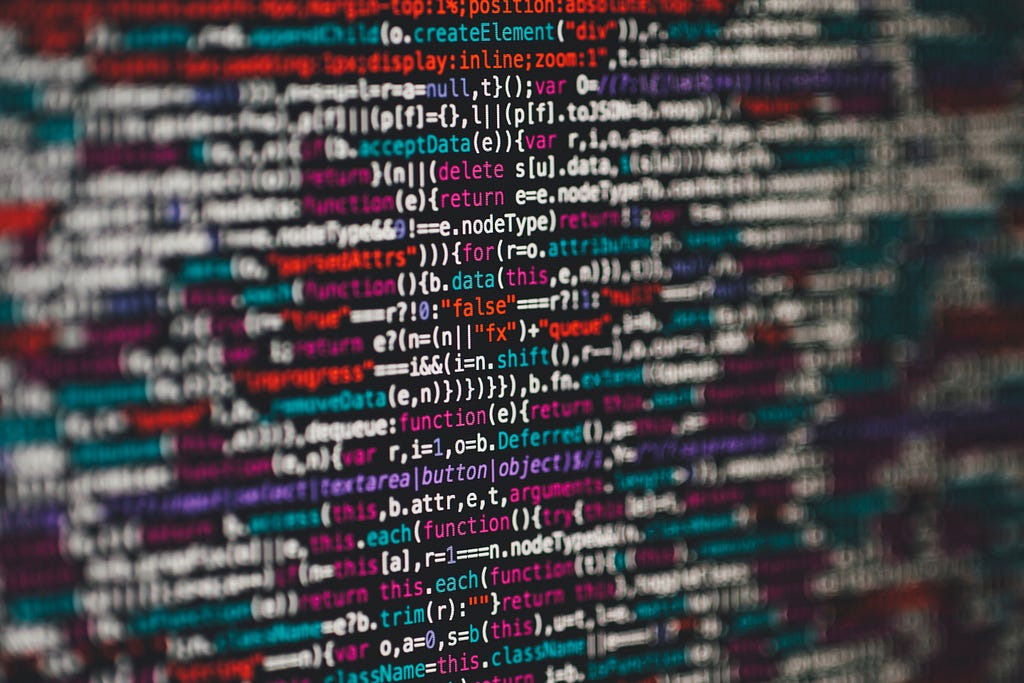Latest news about Bitcoin and all cryptocurrencies. Your daily crypto news habit.
But having said that, and after having worked with it for some time now, we always get to that spot, after days or even weeks of continuous work, countless tabs open, countless settings in place, we need to restart the computer.
It’s always a huge pain having to reconfigure everything after restarting.
Of course, this situation doesn’t happen in most modern text/code editors. And it doesn’t have to happen in Vim either. That’s the reason Vim has sessions!
Sessions allow us to save our current state in Vim, working directory, your windows, splits, and buffers, and any options you’ve set with :set get saved. Sessions are based in the Vim :mksession command. If we check the help file on the mksession command we can see the following:
:mks[ession][!] [file] Write a Vim script that restores the current editing session. When [!] is included an existing file is overwritten. When [file] is omitted “Session.vim” is used.
So basically our current state gets saved into a file. I personally like to use the ~/.vim/sessions folder and then have either a general session file that I always override or a particular file for a specific role. For example ~/.vim/sessions/article.vim for an article I’m currently writing or ~/.vim/sessions/javascript.vim for a Javascript workflow.
Vim also allows several state files to be saved, so we can have multiple workflows saved if we want.
So, to save the state we can use :mks ~/.vim/sessions/article.vim. (:mks is the abbreviature for :mksession, and both of them can be used).
When we’re ready to restore that state we can either use:
:source ~/.vim/sessions/article.vim
from within Vim, or we can start our Vim session with the state already loaded. For that, we can use
vim -S ~/.vim/sessions/article.vim
Dead simple! Just a quick note, sessions don’t store the command history nor the marks we might have. Register content also doesn’t get saved. While this is normally not an important thing, it might be relevant sometimes.
There are also some plugins that help managing sessions, like vim-session. But all in all, managing sessions is an innocuous functionality that is overlooked sometimes but is super useful and really straightforward to use. Vim definitely got us covered on that.
Having trouble with Vim? Don’t know what to put into your .vimrc file? Want to use it for programming? Check out my new book “An IDE Called Vim”. It goes through all the basics of Vim, from installing to using it as an IDE.
Sessions: The Vim feature no one talks about! was originally published in Hacker Noon on Medium, where people are continuing the conversation by highlighting and responding to this story.
Disclaimer
The views and opinions expressed in this article are solely those of the authors and do not reflect the views of Bitcoin Insider. Every investment and trading move involves risk - this is especially true for cryptocurrencies given their volatility. We strongly advise our readers to conduct their own research when making a decision.



